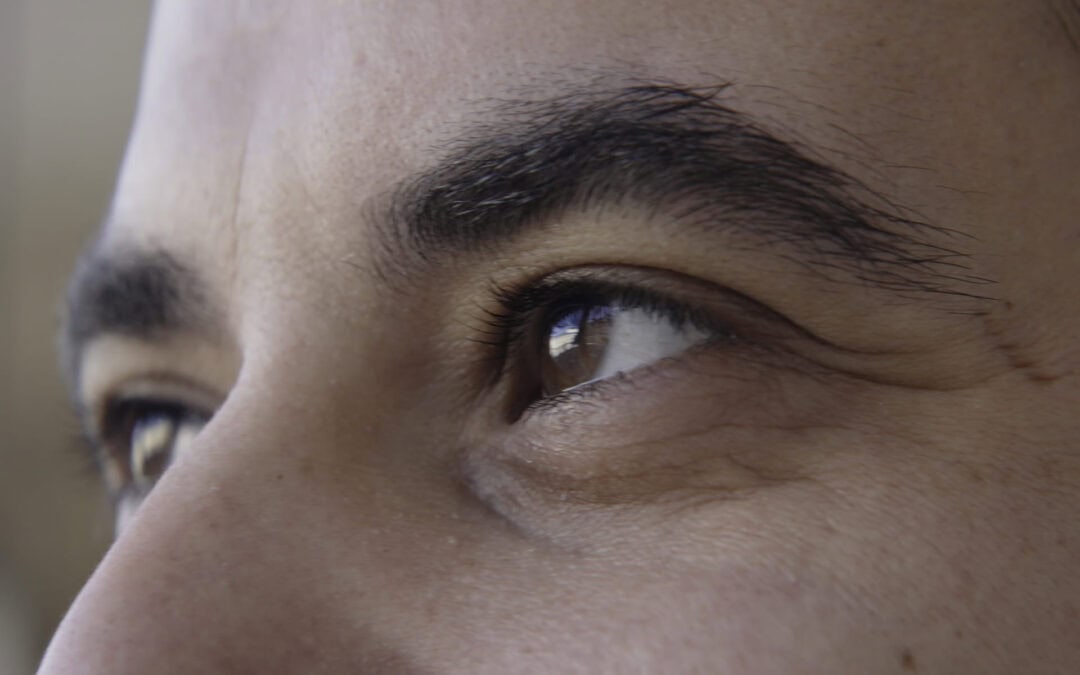Laser-assisted eye correction has become more accessible than ever. Still, the price of LASIK eye surgery continues to be a frequent source of confusion. With quotes that swing widely from clinic to clinic and so many factors influencing the final bill, it’s no wonder people are looking for clarity. A common question remains: how much does LASIK eye surgery cost, and what exactly are you paying for?
This guide breaks down pricing, what affects those numbers, hidden costs, and the broader picture of how LASIK compares to other vision correction procedures.
Understanding LASIK Surgery Cost
Not all LASIK experiences are created equal. One person may pay $1,500 per eye and have a great result, while another spends $3,000 per eye and requires a follow-up. It all depends on the technology used, the complexity of the patient’s vision, and even the surgeon’s reputation. For instance, someone with severe astigmatism might need custom LASIK, which can cost significantly more than standard procedures.
-
Many clinics advertise LASIK from $250 per eye, but this is often bait for basic cases.
-
Wavefront-guided or bladeless LASIK may increase pricing by $1,000 or more.
-
Clinics with seasoned ophthalmologists often charge more, reflecting skill and tech access.

What Affects LASIK Pricing
Several elements influence the total LASIK surgery bill. These include not just the laser equipment but also the support staff, pre-op assessments, and post-op checkups. The procedure’s complexity also affects cost—correction for nearsightedness alone may be cheaper than fixing a combination of nearsightedness and astigmatism.
-
The average cost of LASIK in the U.S. is around $2,300 per eye, based on data from the American Refractive Surgery Council.
-
Surgeon skill and experience will always command a premium over baseline services.
-
The exact cost depends on the level of correction needed, equipment quality, and where it’s performed.
Average LASIK Cost Range
The price range for LASIK eye surgery in the U.S. generally falls between $1,800 to $3,500 per eye. In New York specifically, the average price runs from $2,000 to $3,000 per eye depending on the clinic. While that may seem steep, when compared to the cumulative cost of contacts and glasses, LASIK can be cost-effective over time.
-
$2,000–$3,000 per eye equals about 100 boxes of contact lenses—a 10-year supply.
-
It replaces roughly 10–15 pairs of prescription glasses.
-
The cost is equivalent to 700–1,000 premium coffees from Starbucks.
LASIK Cost By State
The city or state where surgery takes place can raise or lower the cost significantly. A large metropolitan area may have higher fees simply because of local demand or overhead costs. On the other hand, clinics in smaller regions might charge less—though patients should weigh that against the surgeon’s expertise.
-
California and New York are among the most expensive regions for LASIK.
-
States like Texas, Florida, and Arizona often show lower pricing, especially in non-urban centers.
-
Rural areas might see reduced costs but may offer fewer options for advanced techniques.
Custom LASIK Surgery Cost
Custom LASIK, including wavefront-guided or topography-based methods, is tailored to the eye’s specific shape and visual fingerprint. It’s typically more accurate, especially for people with irregular corneas. While custom procedures deliver greater precision, they also come at a higher price point.
-
The cost for LASIK surgery treating astigmatism averages around $4,200 in total.
-
Custom options may require more imaging and diagnostic tools pre-surgery.
-
The technology for bladeless procedures also raises operational costs.
Is LASIK Covered By Insurance
Most health insurance policies still classify LASIK as an elective procedure. That hasn’t changed—even vision insurance generally won’t fully cover it. However, there are ways to soften the blow. Many vision plans offer discounts through specific surgeons or clinics within a preferred provider network.
-
Vision plans often include 10–25% off LASIK through affiliated providers.
-
Some plans provide post-surgery frame benefits for cosmetic eyewear.
-
Check your insurer’s directory to find preferred LASIK providers with contracted rates.

How To Use HSA or FSA For LASIK
Although insurance coverage is minimal, tax-free medical accounts can be a smart way to pay for LASIK. Flexible Spending Accounts (FSAs) and Health Savings Accounts (HSAs) let individuals put aside pre-tax income toward healthcare costs, including LASIK eye surgery.
-
FSA limit was $2,750 annually (as of 2021), but funds may expire if unused.
-
HSA limits (as of 2022) were $3,650 for individuals and $7,300 for family plans.
-
Unlike FSAs, HSA balances can roll over year to year.
Financing Options For LASIK
Financing opens the door to vision correction for those who prefer not to pay everything at once. Many clinics offer in-house plans or partner with third-party lenders to create affordable installment options. Some interest-free periods can be helpful if paid within the promotional window.
-
Interest-free terms often range from 6 to 24 months with credit approval.
-
Missed deadlines can trigger retroactive interest, so check the fine print.
-
Plans may be easier to qualify for through specialty medical lenders than credit cards.
LASIK vs Other Eye Surgeries Cost
LASIK isn’t the only game in town. Alternatives such as PRK and SMILE are available, and depending on one’s eye health, these may even be recommended. Each has its pros and pricing structure, so it helps to understand the differences.
-
PRK typically costs $1,800–$2,200 per eye and is better for thin corneas.
-
SMILE runs $2,000–$3,000 per eye and requires a smaller incision.
-
ICL surgery can cost over $4,000 per eye and suits extreme prescriptions.
Hidden Fees In LASIK Surgery
Price quotes don’t always show the full story. Some clinics break up the procedure into separate charges, which can add up fast. Patients are encouraged to get a detailed cost breakdown in writing.
-
Post-op meds, enhancements, and consultations may not be included in base quotes.
-
Annual follow-up exams can become additional costs after the first year.
-
Clinics with flat-rate pricing tend to be more transparent.
When LASIK Might Cost More
Several scenarios can drive LASIK costs higher than average. Patients with high prescriptions, thin corneas, or prior surgical history may need more customized care. Complex vision correction takes time, planning, and often advanced tools—none of which come cheaply.
-
Re-treatment cases require special assessments and added time in surgery.
-
High levels of nearsightedness often require longer laser application.
-
Surgeons with subspecialty training may charge premium rates.
Getting Value From LASIK
Long-term savings from LASIK can be substantial, especially when factoring in the cost of vision aids over decades. Individuals in their twenties who opt for LASIK can save tens of thousands in contacts alone. Surgeon experience, success rates, and technology still remain more important than bargain prices.
-
People aged 20–29 may save $24,000–$29,000 on contacts over their lifetime.
-
Ages 30–39 can expect savings around $18,000–$21,000.
-
Even at age 40–49, the potential savings land between $12,000–$14,000.

Key Takeaways on How Much Does LASIK Eye Surgery Cost
-
Most LASIK procedures cost between $2,000–$3,000 per eye depending on complexity and region.
-
Astigmatism correction typically costs more, averaging $4,200 in total.
-
Insurance does not cover LASIK, but FSAs and HSAs are valid payment methods.
-
Financing and discount networks can significantly reduce upfront cost.
-
Lifetime savings from ditching contacts and glasses can far outweigh initial investment.
Frequently Asked Questions About LASIK Eye Surgery Costs
1. Is LASIK considered a cosmetic procedure?
Yes, because it’s elective and not medically necessary, insurance companies classify LASIK as cosmetic even though it corrects vision.
2. Can HSA or FSA funds be used for other vision surgeries?
Yes, PRK, SMILE, and other laser eye correction procedures are eligible expenses under both HSA and FSA rules.
3. Do all LASIK clinics accept HSA/FSA?
Most do, but patients should confirm with the provider ahead of time to ensure proper billing and documentation.
4. Will LASIK prices go down over time?
It’s possible, though not guaranteed. As technology improves and becomes more widespread, some clinics may lower fees—but premium services will likely hold value.
5. Can I deduct LASIK costs from my taxes without an FSA or HSA?
Yes, if total medical expenses exceed 7.5% of your adjusted gross income and you itemize deductions, LASIK may qualify as a tax-deductible expense.

